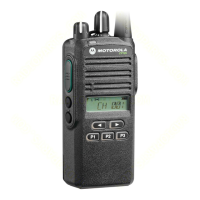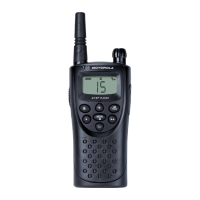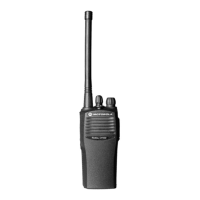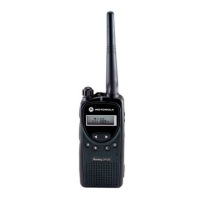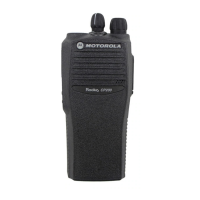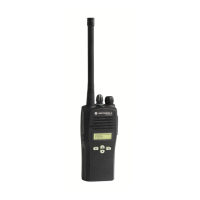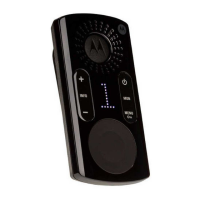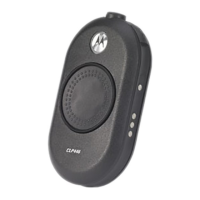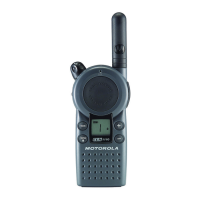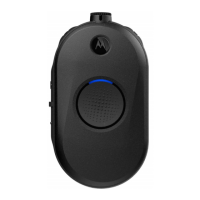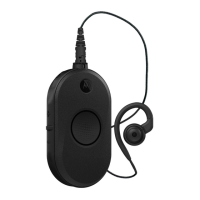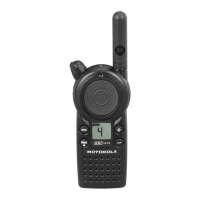Why is the audio distorted or not loud enough on my Motorola CP185 Two-Way Radio?
- WWillie EatonSep 10, 2025
If the audio from your Motorola Two-Way Radio is distorted or not loud enough, it might be due to the synthesizer not being on frequency. Check the synthesizer frequency by measuring the transmitter frequency and realign it if it's off by more than ±150 Hz (VHF) or ±500 Hz (UHF).
